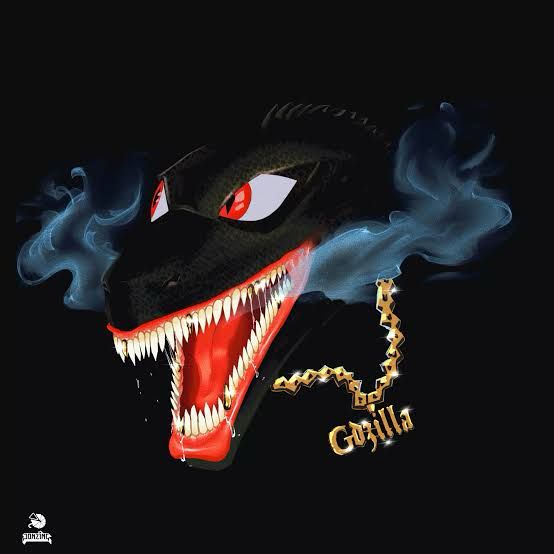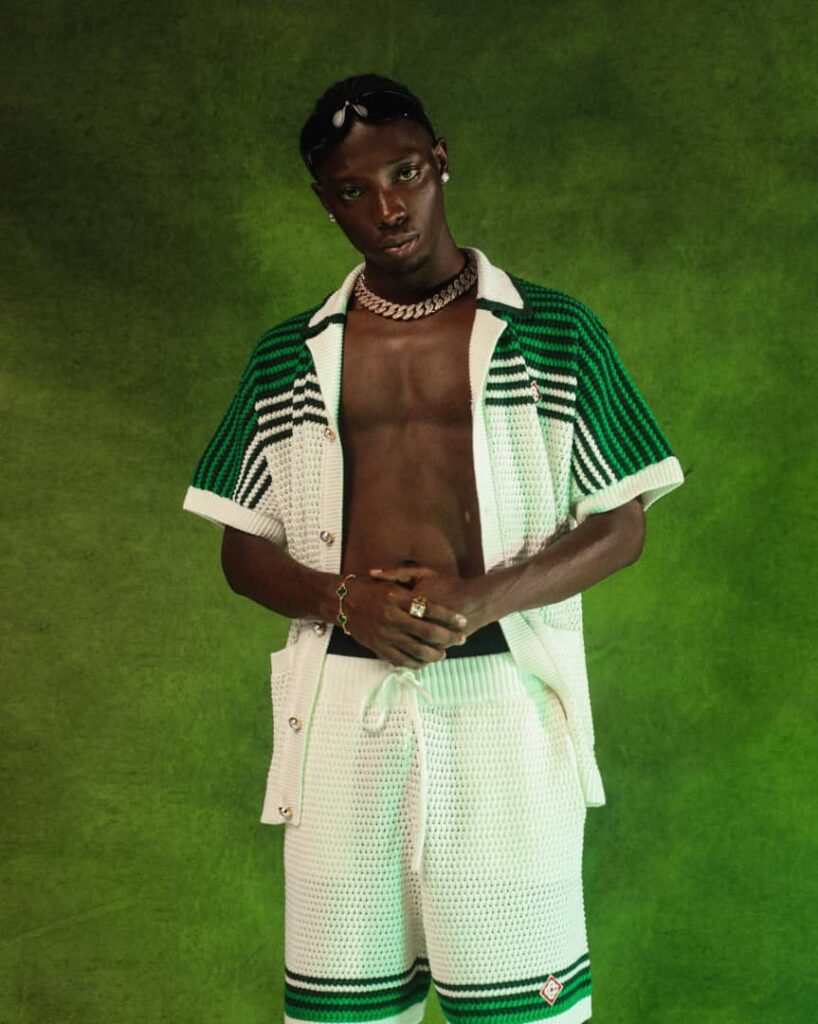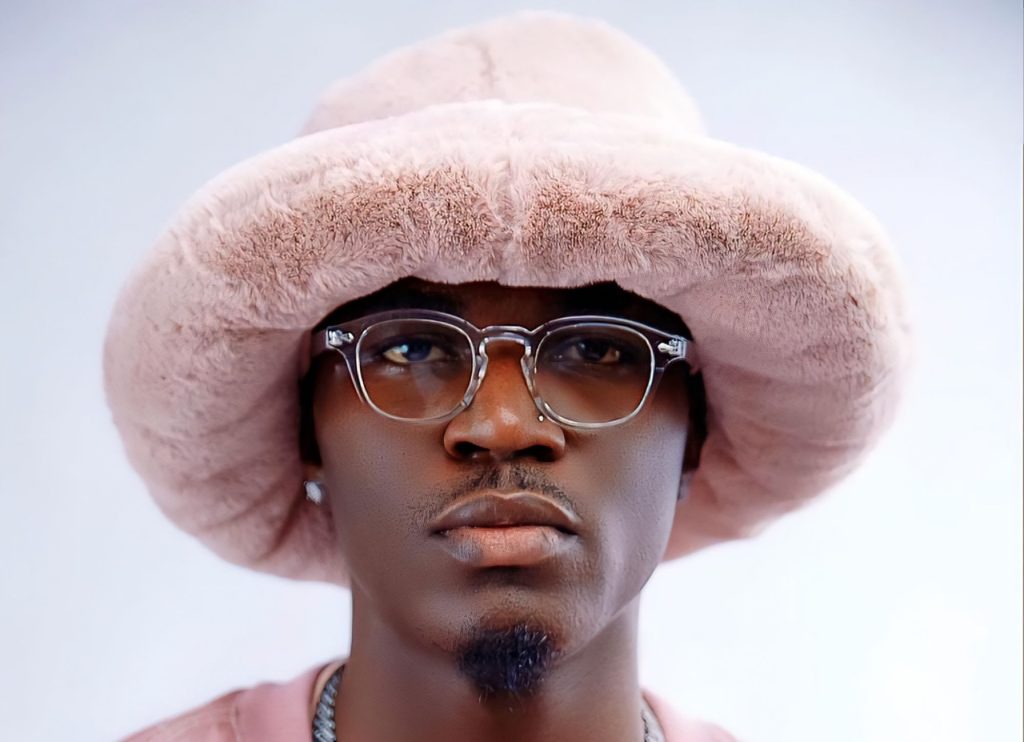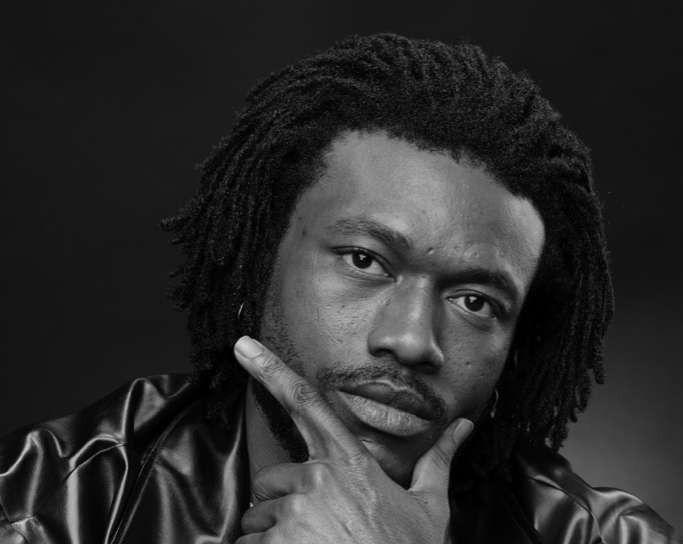Jonzing launched Rema and Ruger with the philosophy of using divergent and unique visual aesthetics that effortlessly set them apart, from the rest of their peers. They attempt the same with Gdzilla to very mixed results, that becomes a uphill battle for the music to trump.

The year was 2019 and a slew of freestyle videos were going viral on Instagram and trending on Twitter. A dark-skinned teen with a silky voice and dreamy face was garnering attention for his soulful vocals and vulnerable lyrics that straddled heartbreak, loss and a hint of violence. Alongside these videos was an extensive media exhibit that saw said artiste in a plethora of visual elements, that included teddy bears, ski masks and alien motifs. The music was good, the brand resonated and the resulting effect was the birth of one of Afrobeats youngest and most exciting acts in Rema.
Ruger’s debut on the other hand didn’t exactly have the same magnitude of seismic impact on the mainstream and it was more of a gradual integration with time. Rema was already well known in the mainstream, before his breakout hit, Dumebi caught fire. Ruger wasn’t known until Bounce had already become the biggest song in the country at that moment and then the perception of him being a rebel in the sense of his eye patch grew on people, organically. With Gdzilla, Jonzing attempts to use the same divergent visual aesthetics but it doesn’t quite come off this time around.
For one, it’s not an attractive look. Rema’s was a pleasant showcase of appealing visual elements, and whilst Ruger’s aesthetics was in the realms of a defiant one, it was still pretty attractive. The Gdzilla’s mask is by all means horrifying and not in the capacity of it being terror inducing or scary, it’s not just pleasant to look at. Maybe, if more world building had been done with his aesthetics they could have gone for the full terrifying feel and pulled it off, but it was half-assed and more unattractive than scary.
In an industry that’s overpopulated, with saturated music releases, this writer definitely understands why the label takes such approach to introduce their artists. It’s a high risk, high reward method that does bits for the artiste in question if it’s successful. In Gdzilla’s case however, it has his music pit against the mainstream that has sections already disconnected from his brand. The music is quite good though, but it’s still a lot for the gap to salvaged on the merit of the quality alone.

On EP opener, Rise and Shine, the sentiment is the over flogged, cliché one of giving gratitude to God, whilst recounting the struggles and difficulties of making it pass monument points of obstacles to get to the top. The song resonates because, when cliché is done well—it’s incredibly relatable and Gdzilla also has a trademark delivery that sets him apart from others and gives his music much dynamism. His manner of flows straddles the lines of Hip-Hop and melodic rapping and his vocal texture is also that of a Fuji artiste.
This similarities with street-pop superstar, Asake would automatically place him at a disadvantage but Gdzilla has a very distinct vocal texture and cadence runs that aren’t at all similar with Mr. Money. On the second song, High Tension, the differences become even clearer. Gdzilla’s voice doesn’t have the pristine quality of Asake’s and it’s more hoarse, but it’s only to his compliment because it conforms with the edgier spectrum of street pop he’s navigating. Asake was the ideal balance of street music, suffused with mainstream pop and soul whilst Gdzilla heads into the deeper end of street-pop.
Idan is the sort of Tungba/Apala-esque fusion you’ll expect from Seyi Vibez, except Gdzilla’s flows are much more structured and rhythmic, sailing smoothly with the waves of the beat, as opposed to fighting the flow like a Seyi Vibez’ delivery would. Kele is an up-tempo song that deviates from the usual street-pop thematic progression of hustle, gratitude and resilience. It’s a love song, that’s part romantic and part braggadocious because he’s also bigging himself up as the most wanted commodity in town, despite choosing his woman for reasons he states on the song.

On Chop Life, Gdzilla’s writing and delivery still remain impressive but the production choices and topics start to become a bit monotonous and overflogged. Yes, he’s finding new ways to sing about partying and other licentious shenanigans but the beats aren’t doing much to make the songs sound distinct. No Competition has sparse Amapiano fusion that does a bit in setting it apart from the rest, but the beat arrangements is still very similar. Going forward, this is something Gdzilla and his team would have to work on.
Overall, Gdzilla’s self-titled EP is a decent project that introduces his talent to the mainstream and depicts his primary strengths in delivery and writing. However, the music has a lot of perception to come against and it is this writer’s wish that it succeeds for the artiste’s sake, because he is a talent that deserves recognition.
Final Verdict:
Sonic Cohesion: 1.5/2
Unharried Transitions: 1.3/2
Expansive Production: 1/2
Songwriting & Delivery: 1.8/2
Optimal Track Sequencing/Topical Progression: 1.4/2
Total: 7.0/10
–Written by T.J. Martins, an avid lover of music.





